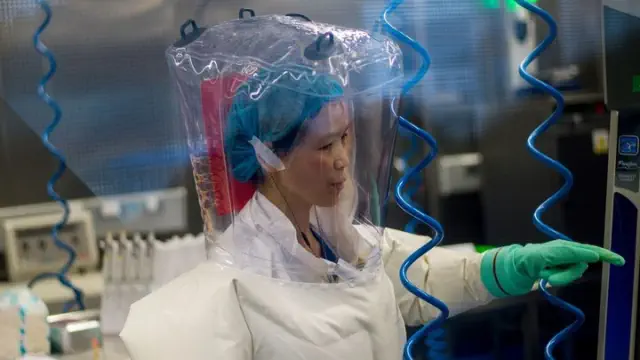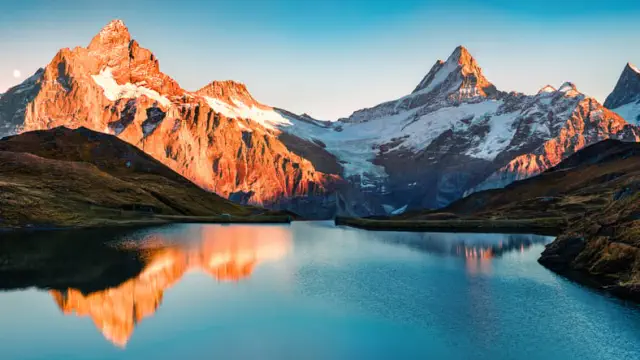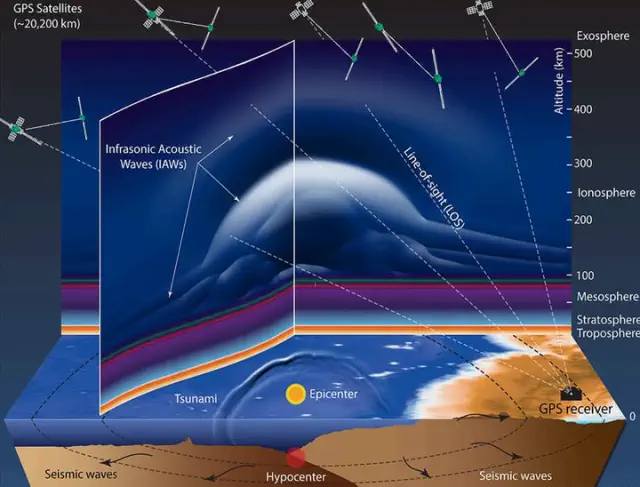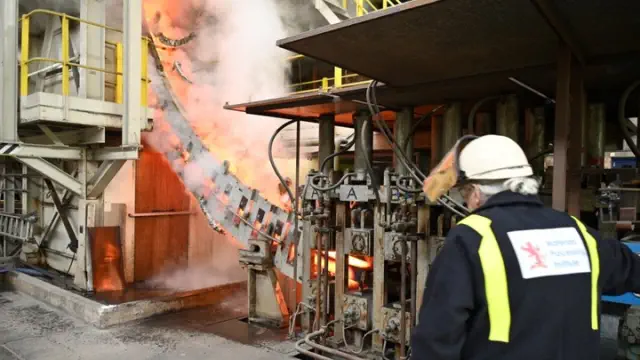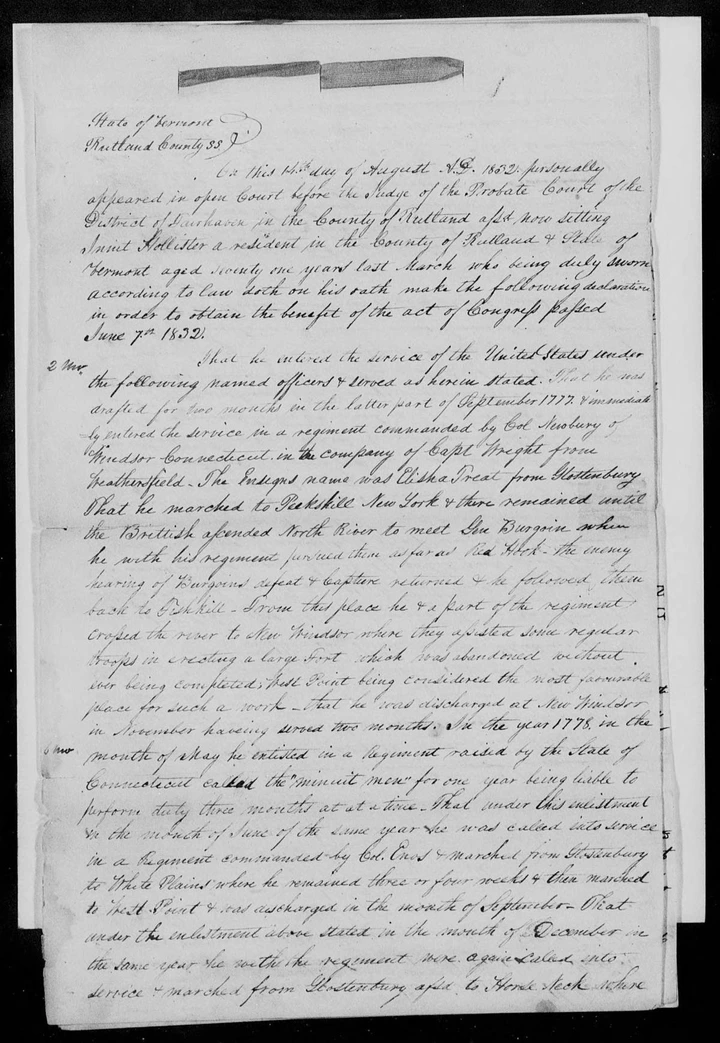
View pictures in App save up to 80% data.

View pictures in App save up to 80% data.
If you have the ability to read cursive writing, the National Archives would be interested in hearing from you.
Alternatively, there are several million. Over two centuries' worth of U.S. documents require transcription (or at the very least, classification), and the overwhelming majority of these are written in cursive handwriting – necessitating individuals who are skilled in this elegant, looping style of writing.
"Being able to read cursive is like having a superpower," remarked Suzanne Issacs, who serves as a community manager for the National Archives Catalog in Washington D.C.
She is part of the team that coordinates the more than 5,000 Citizen Archivists helping the Archive read and transcribe some of the more than 300 million digitized objects in its catalog. And they're looking for volunteers with an increasingly rare skill.
Those records range from Revolutionary War pension records to the field notes of Charles Mason of the Mason-Dixon Line to immigration documents from the 1890s to Japanese evacuation records to the 1950 Census.
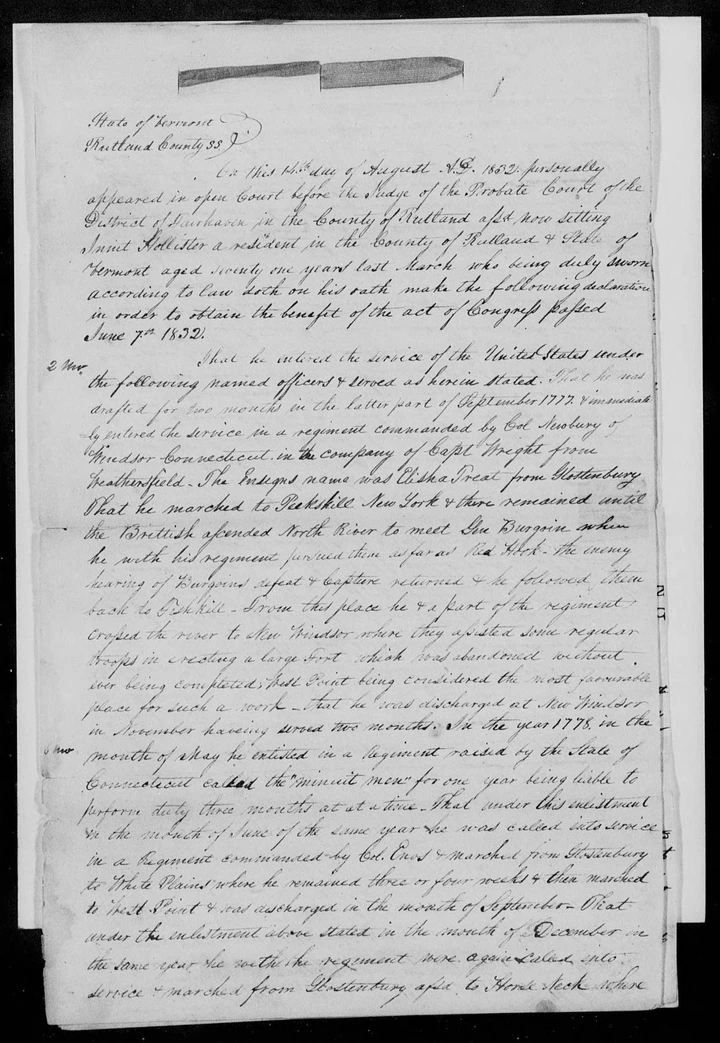
View pictures in App save up to 80% data.
"Issacs mentioned that we organize missions inviting volunteers to assist us in transcribing or tagging records within our catalog."
To volunteer, all that’s required is to sign up online and then launch in. “There's no application,” she said. “You just pick a pick a record that hasn't been done and read the instructions. It's easy to do for a half hour a day or a week.”
Having the ability to read longhand script is incredibly beneficial, as many documents are composed in that style.
"It's not solely about whether you were taught cursive in school; it's really about how frequently you utilize cursive in your daily life," she remarked.
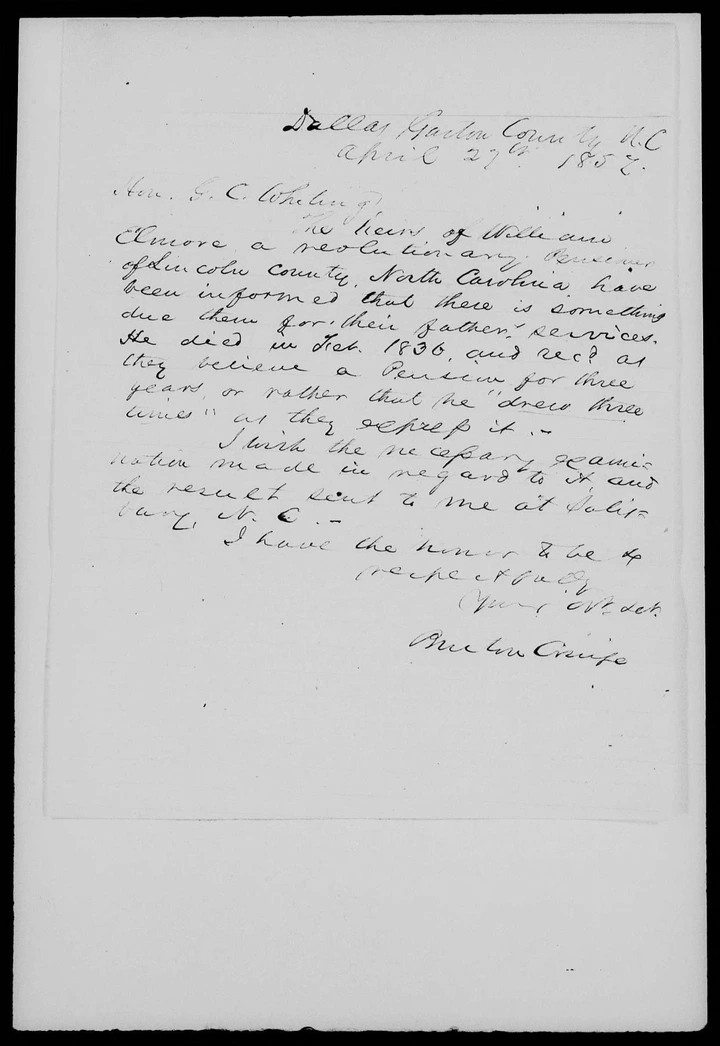
View pictures in App save up to 80% data.
Cursive writing has become less common.
The ability of Americans to use this interconnected style of writing has been gradually declining over the years.
School children were once taught impeccable copperplate handwriting and penmanship was something they were graded on.
That began to change when typewriters first came into common use in the business world in the 1890s and was further supplanted in the 1980s by computers.
Still, handwriting continued to be considered a necessary skill until the 1990s when many people shifted to e-mail and then in the 2000s to texting.
By 2010, the Common Core teaching standards emphasized keyboard skills (once taught as “typewriting”) and no longer required handwriting on the presumption that most of the writing students would do would be on computers.
That led to a pushback and today at least 14 states require that cursive handwriting be taught, including California in 2023. But it doesn’t mean that they actual use it in real life.
In the past, most American students began learning to write in cursive in third grade, making it a rite of passage, said Jaime Cantrell, a professor of English at Texas A&M University Texarkana whose students take part in the Citizen Archivist work, putting their skills reading old documents to work.
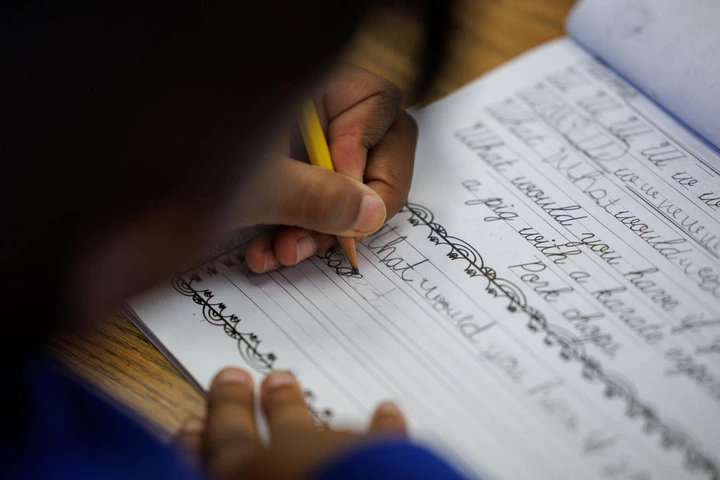
View pictures in App save up to 80% data.
For people of her generation, she explained, “cursive represented a milestone in literacy during the 1980s. We mastered cursive and suddenly we could write in the same way that adults did.”
She mentioned that although many of her students learned cursive in school, they rarely use or read it. She knows this because she provides feedback on their papers using cursive writing.
A few of her students have stopped typing altogether. They now rely on talk-to-text tools or even artificial intelligence. "I can tell because the lack of punctuation makes it flow like a stream of consciousness," she observed.
Mastering the cojoined script can be a challenging endeavor, but it is certainly achievable. Doing so grants you access to a treasure trove of historical documents.
For many, cursive writing remains a valuable skill.
California passed a law in 2023 requiring that “cursive or joined italics” be taught for grades one through six. The law’s author said it was so students could read primary source historical documents.
That’s exactly how Cantrell’s students use it. One of the classes she teaches involves deciphering documents written in the 18th and 19th centuries – and one of their projects is to get involved in the National Archive’s transcription work.
Cantrell remarked, “There’s definitely a learning curve involved. However, my students persevere. They sense a responsibility and believe they are contributing positively.”
Being able to read cursive is just the start to deciphering older documents, said the National Archive’s Nancy Sullivan. The handwriting of the 18th and 19th centuries isn’t what today’s third-grader are taught.
"Sometimes, the oldest texts can be the most straightforward to understand," Cantrell remarked.
"Examining the correspondence between Abigail Adams and her husband, President John Adams, reveals that the cursive writing is truly an art form; it's remarkably consistent," she remarked.
The capabilities of artificial intelligence in understanding cursive writing have their limitations.
According to Sullivan from the National Archive, artificial intelligence is beginning to decipher cursive writing, but it still requires assistance from humans.
The Archives has collaborated with FamilySearch, a non-profit organization focused on genealogy and operated by the Church of Jesus Christ of Latter-day Saints, which provides complimentary genealogical software, search capabilities, and access to historical records.
FamilySearch has created an AI tool designed to interpret handwritten documents. However, a human is still needed to perform the final editing.
"Typically, there are a few errors," she explained. "That's why we refer to it as 'extracted text,' and our volunteers need to review it and check it against the original document." It is only after a volunteer has thoroughly examined the text that it is deemed a proper transcription.
According to Issacs, AI is not always able to interpret the frequently challenging documents that volunteers encounter. These documents may be damaged, stained, creased, or worn. For instance, when it comes to pension applications from the Revolutionary War, widows needed to validate their marriages, which led them to include handwritten pages of family trees that were often ripped out from their family Bibles.
Let's not overlook the issue of poor penmanship. “The handwriting of some Justices of the Peace is dreadful,” remarked volunteer Christine Ritter, 70, a resident of Fairless Hills, Pennsylvania.
The document is filled with cross-outs, notes scrawled on the reverse side that seep through, quirky and creative spellings, and archaic letter forms (for instance, a double S might appear as a "long s," resembling an F). Additionally, you'll find children's doodles layered on top. There are also numerous outdated terms and legal jargon that can confuse even the most knowledgeable readers.
“It’s like piecing together a puzzle, and I find it truly enjoyable,” shared volunteer Tiffany Meeks, 37. She began her journey as a transcriber in June and discovered a new term – paleography, which involves interpreting ancient manuscripts.
“I felt as though I was picking up a completely new language. I was not only revisiting my cursive skills but also my old English,” she remarked. “I discovered a new term: paleography,” which refers to the study of deciphering ancient texts.
No cursive? That's perfectly fine!
Issacs from the Archive emphasizes that volunteers are not required to have prior knowledge of cursive writing; you can pick it up as you go. "It can be beneficial, but it's not essential."
For instance, there is a feature called "no cursive needed" available for individuals examining pension records from the Revolutionary War. Rather than directly reading and transcribing these documents, volunteers have the opportunity to assist by adding "tags" to records that have already been transcribed by fellow Citizen Archivists, making them more searchable.
"You can learn it gradually as you progress," Ritter mentioned.
"When I received the document for the first time, I was taken aback and thought, 'Wow, this is impossible to read.' It made me anxious. However, as I continued to work with them, it became much more manageable," she remarked.
Ritter’s working on Revolutionary War pension files for soldiers who served at the Battle of Guildford Courthouse on March 15, 1781. As she works, she imagines how much it will mean to families to find something so old about one of their relatives.
She recalls a time when she took great pride in her impeccable penmanship, but nowadays she describes her handwriting as “terrible.” Nevertheless, she still excels at reading cursive and has turned it into a delightful hobby.
"I rise early in the morning and share breakfast with my husband before he heads out for a fishing trip. After that, I retreat to my workspace, where my computer awaits. I tune into my favorite oldies radio station and dive into my transcription work," she shared. "It's something I truly enjoy."

